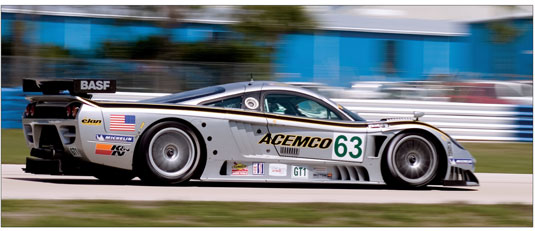Get comfortable with your digital camera by learning some digital photography lingo and tips that will help you with lighting, portraits, and depth of field so you’re off and shooting great digital photos.

ISO: The camera’s sensitivity to light. Increasing the ISO rating makes it possible to take pictures in low light conditions without using a tripod. However, increasing the ISO also increases the amount of digital noise that’s visible in the resulting photograph.
depth of field: The distance in front of and behind the subject that appears to be in focus. When you shoot portraits, try to capture a shallow depth of field where your subject is in focus but the foreground and background are blurred. When you shoot landscapes, try to capture a large depth of field where the entire scene is in focus.
f/stop: The diameter of the opening of the lens relative to the focal length. A small f/stop value lets a lot of light into the camera, whereas a large f/stop lets a small amount of light into the camera.
Aperture Priority mode: Noted as AV (Aperture Value) or A (Aperture) on the camera shooting mode dial. When you set the aperture, the camera automatically chooses the shutter speed for a properly exposed image. Choose a large aperture (small f/stop value) to achieve a shallow depth of field, and a small aperture (large f/stop value) to achieve a large depth of field. You achieve the shallowest depth of field when using a large aperture with a telephoto lens, and the largest depth of field when using a small aperture with a wide-angle lens. Use this shooting mode when your primary objective is to control depth of field.
Shutter Priority mode: Noted as TV (Time Value) or S (Shutter) on the camera shooting mode dial. When you set the shutter speed (the amount of time the shutter stays open), the camera automatically chooses the aperture for a properly exposed image. Shutter speeds can range from a very fast 1⁄4000 of a second to as long as 15 seconds or more. The range of shutter speeds varies depending on the cost of the camera and on the manufacturer. Choose a fast shutter speed to freeze action, and a slow shutter speed when you want to blur an object in motion. Use this shooting mode when your subject is moving.
dummies
Source:http://www.dummies.com/how-to/content/digital-photography-terms.html
No comments:
Post a Comment